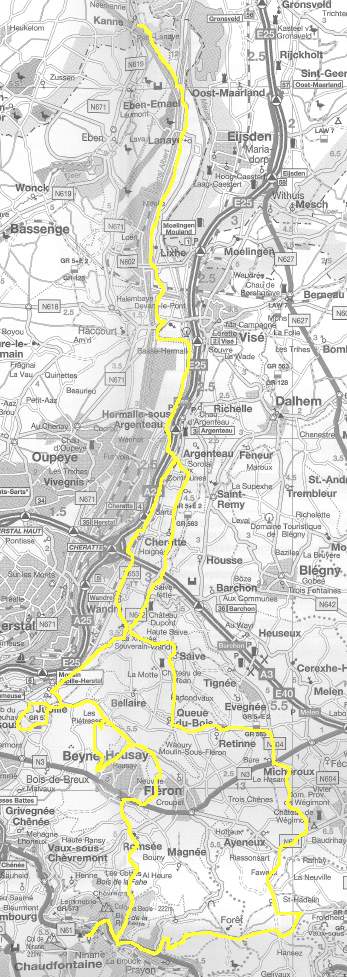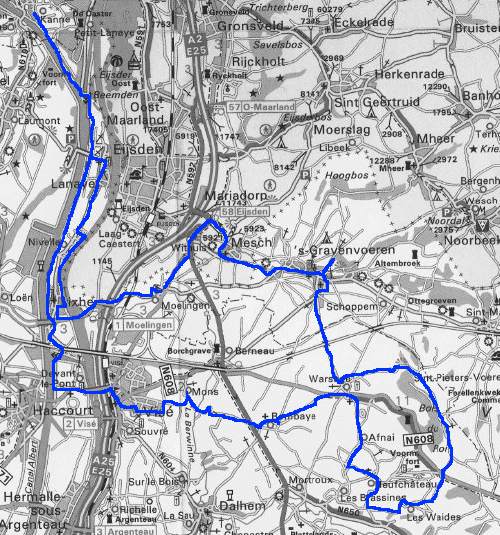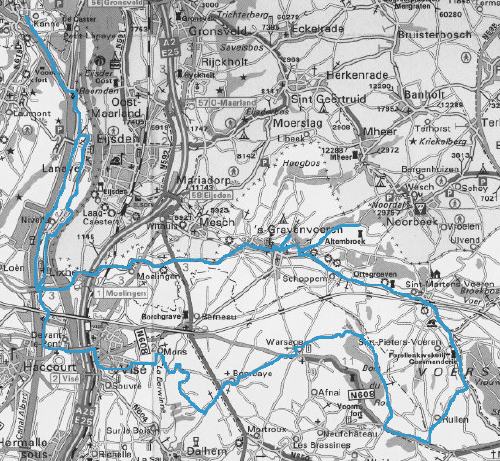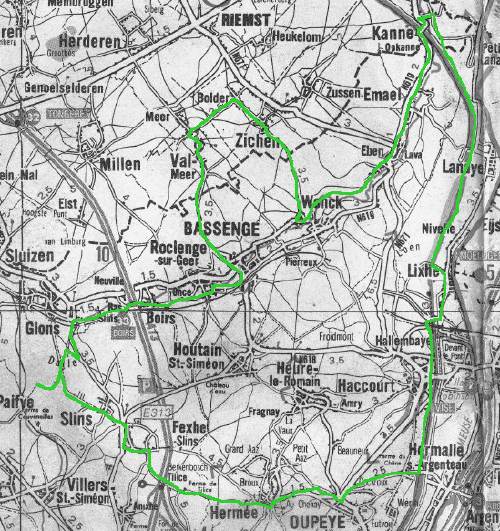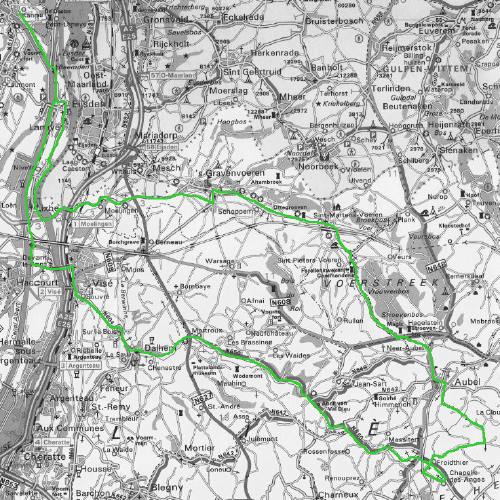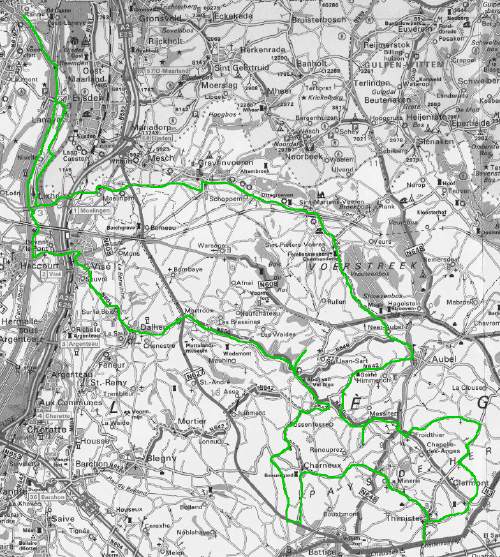Dr. Johnson on reading
“I used formerly, (he added,) when sleepless in bed, to read like a Turk.”
That might be Dr. Johnsons most famous quote…
Earlier in Boswell’s Life of Johnson we learn that Johnson read a lot, read fast, read without any system, read anything that took his fancy, and considered this the best way to acquire knowledge. Also he considered reading books a better way to learn than listening to lectures. In this sense Johnson is the perfect example of a ‘new world’ of learning & acquiring knowledge.
“[W]e may be absolutely certain, both from his writings and his conversation, that his reading was very extensive. Dr. Adam Smith, than whom few were better judges on this subject, once observed to me that ‘Johnson knew more books than any man alive.’ He had a peculiar facility in seizing at once what was valuable in any book, without submitting to the labour of perusing it from beginning to end. He had, from the irritability of his constitution, at all times, an impatience and hurry when he either read or wrote.”
“Mr. Elphinston talked of a new book that was much admired, and asked Dr. Johnson if he had read it. JOHNSON. ‘I have looked into it.’ ‘What, (said Elphinston,) have you not read it through?’ Johnson, offended at being thus pressed, and so obliged to own his cursory mode of reading, answered tartly, ‘No, Sir, do YOU read books THROUGH?'”
“A book may be good for nothing; or there may be only one thing in it worth knowing; are we to read it all through?”
“He then took occasion to enlarge on the advantages of reading, and combated the idle superficial notion, that knowledge enough may be acquired in conversation. ‘The foundation (said he,) must be laid by reading. General principles must be had from books, which, however, must be brought to the test of real life. In conversation you never get a system. What is said upon a subject is to be gathered from a hundred people. The parts of a truth, which a man gets thus, are at such a distance from each other that he never attains to a full view.'”
“‘Idleness is a disease which must be combated; but I would not advise a rigid adherence to a particular plan of study. I myself have never persisted in any plan for two days together. A man ought to read just as inclination leads him; for what he reads as a task will do him little good. A young man should read five hours in a day, and so may acquire a great deal of knowledge.'”
Add to this that Johnson wrote for money, wrote extremely fast, often did not edit, rewrite, yes, often did not reread what he wrote and published.
“He told us, ‘almost all his Ramblers were written just as they were wanted for the press; that he sent a certain portion of the copy of an essay, and wrote the remainder, while the former part of it was printing. When it was wanted, and he had fairly sat down to it, he was sure it would be done.'”
“When a man writes from his own mind, he writes very rapidly. The greatest part of a writer’s time is spent in reading, in order to write: a man will turn over half a library to make one book.'”
All quotes from James Boswell, The Life of Johnson, 1791, electronic version: http://www.gutenberg.org/etext/1564.
(I read this edition: … edited & abridged by Christopher Hibbert, Penguin English Library, Harmondsworth, 1979).
In issue 74 of The Idler he defends enjoying the flow of reading, and argues against marking passages or copying fragments in notebooks:
“It is the practice of many readers to note, in the margin of their books, the most important passages, the strongest arguments, or the brightest sentiments. Thus they load their minds with superfluous attention, repress the vehemence of curiosity by useless deliberation, and by frequent interruption break the current of narration or the chain of reason, and at last close the volume, and forget the passages and marks together.”
